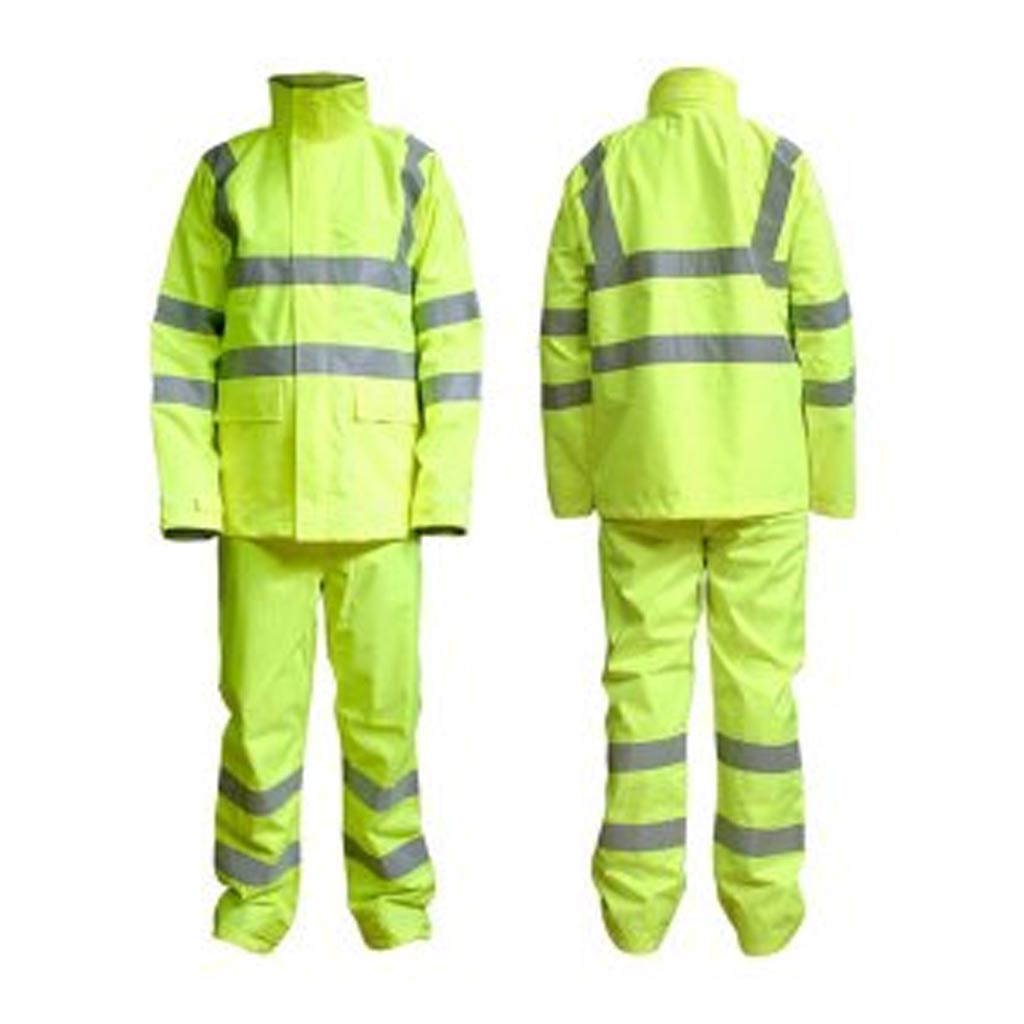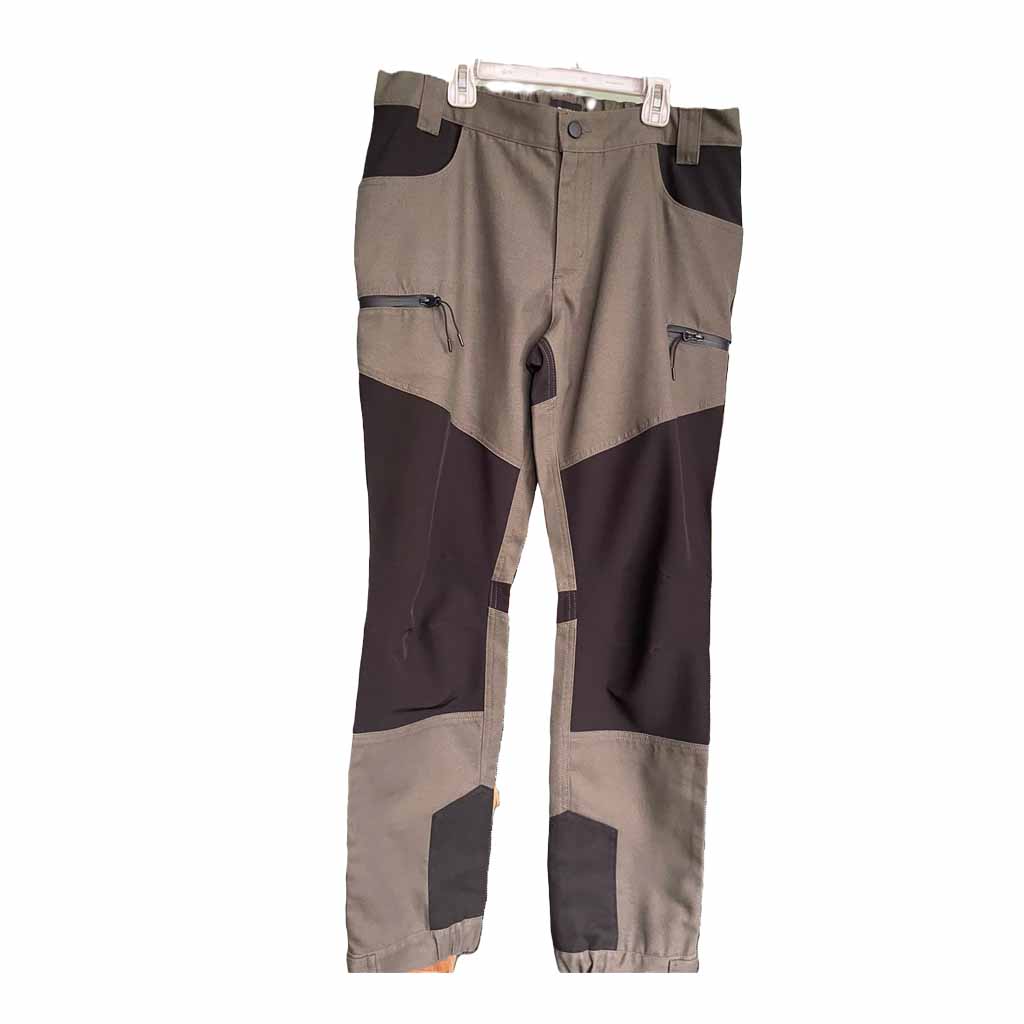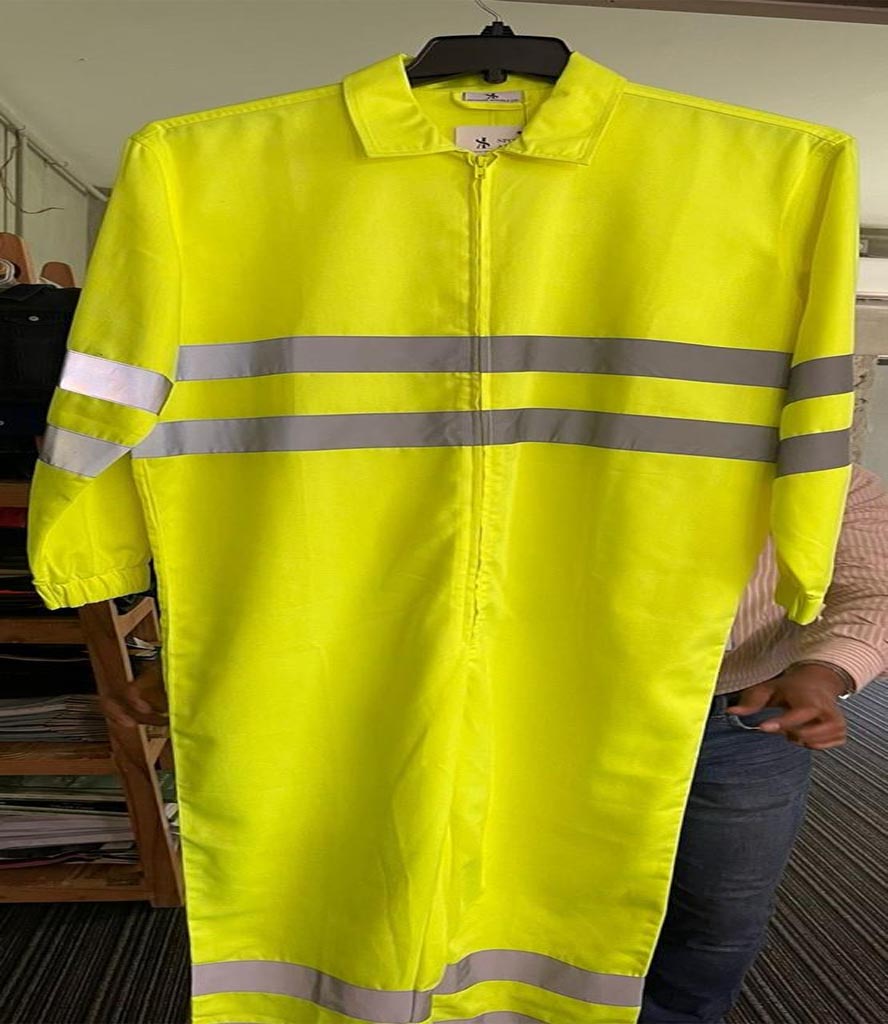About Woven.
History of Woven Garments:
Woven garments have a rich history, tracing back thousands of years to ancient civilizations like Egypt and Mesopotamia. Created by interlacing threads in a crisscross pattern, woven fabrics are known for their strength and durability, making them a staple in traditional clothing across cultures.
The Weaving Process:
Weaving involves two sets of yarns: the warp and the weft. The warp threads run vertically, while the weft threads weave horizontally through them. This process creates a strong, structured fabric used in everything from lightweight cotton shirts to heavy denim jeans.
Types of Woven Fabrics:
There are various types of woven fabrics, each suited for different garment types. Common examples include plain weave, twill, and satin. Plain weave fabrics are simple and durable, often used for shirts, while twill weaves create sturdy fabrics like denim, ideal for pants and jackets.
Benefits of Woven Garments:
Woven garments offer numerous advantages. They are generally more durable and less stretchy than knitted fabrics, maintaining their shape over time. This makes them ideal for structured garments like trousers, blazers, and formal wear.
Sustainability in Woven Fabrics:
Sustainable fashion has led to innovations in woven fabrics, with eco-friendly materials like organic cotton, linen, and recycled fibers becoming popular. Woven garments made from these materials not only reduce environmental impact but also offer breathability and comfort.












